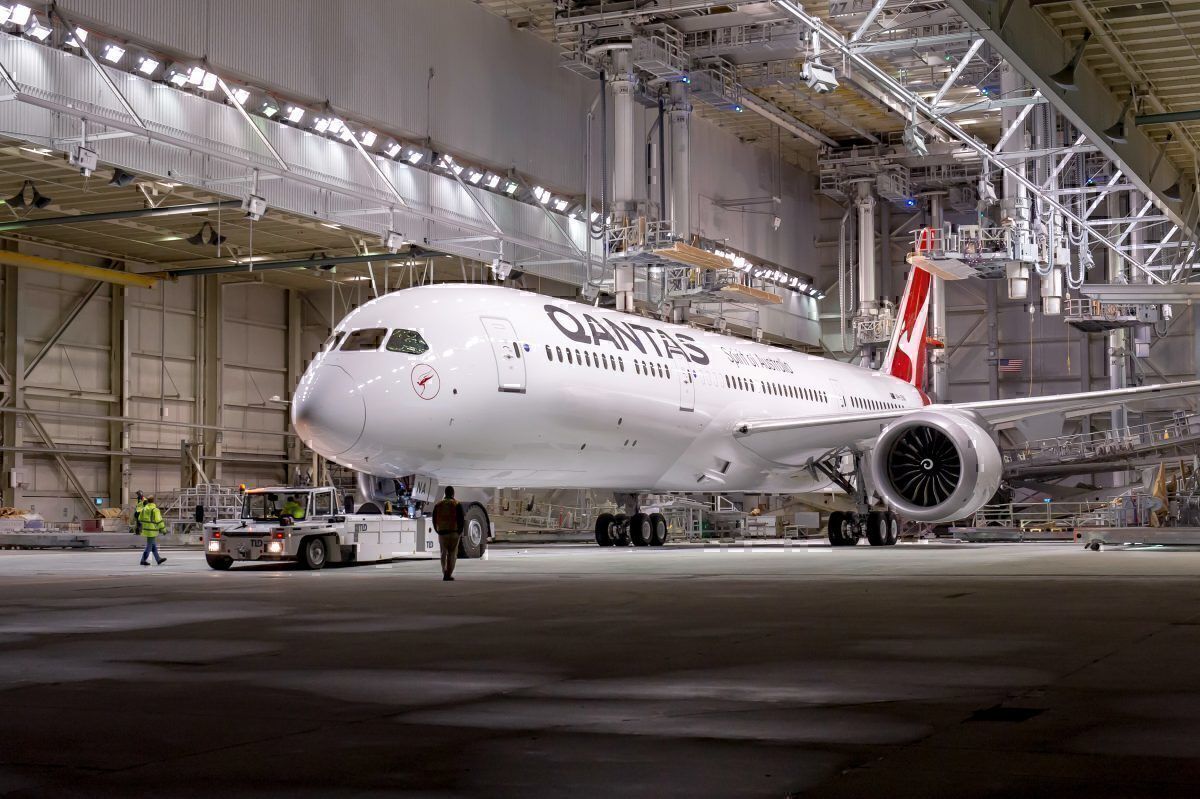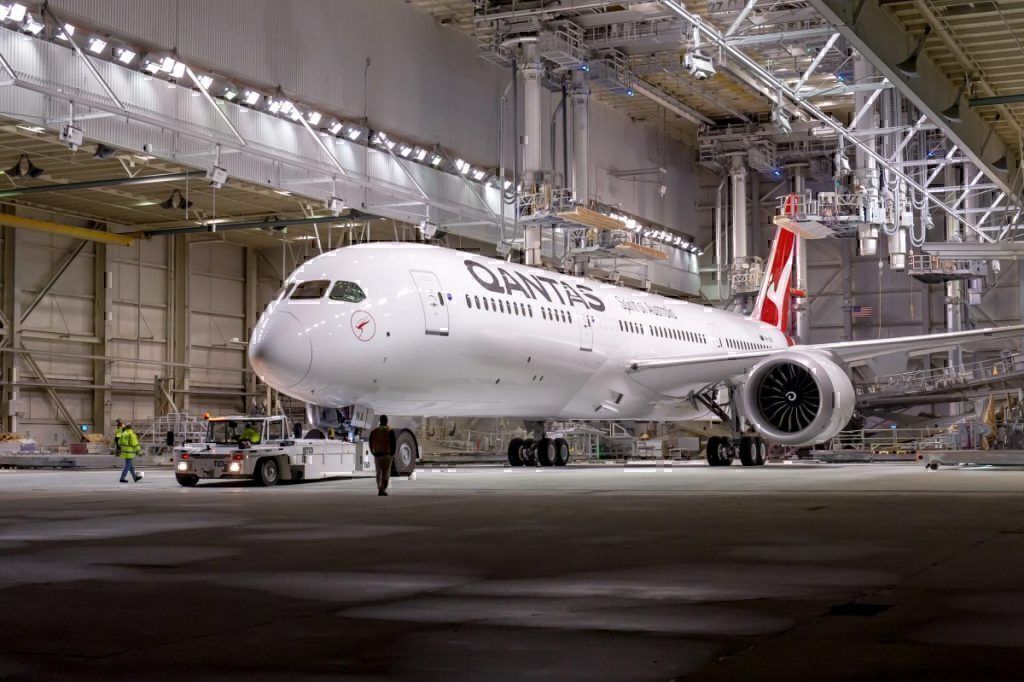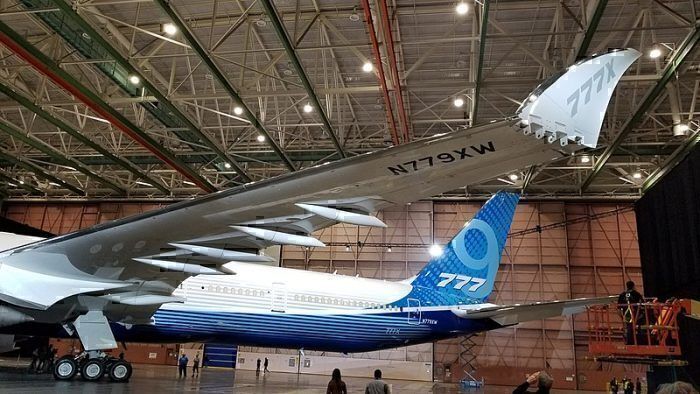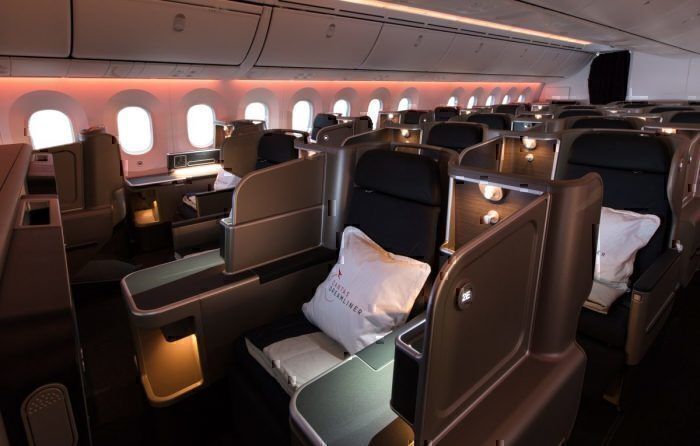We’ve been hearing a lot about Qantas and Project Sunrise lately. We now know the choices are down to the Airbus A350 or Boeing 777X. We know Qantas will make a decision by the year’s end, and we know Qantas plans on running some Boeing 787-9s on projected Project Sunrise routes in the upcoming months. What has rarely been addressed is the question; when will the Qantas’ Project Sunrise flights finally take off?
Before the Project Sunrise flights start, Qantas needs to address several issues.
Picking the right aircraft
Qantas is going to make its aircraft choice by the end of the year. Speculation is that their pick will be announced at the Dubai Air Show. We know it’s down to two aircraft. We also know that Boeing’s offer, the 777X is suffering from production delays.
Most people think those delays will rule Boeing out of the race, but it would be premature to call it for Airbus. Boeing has made a compelling offer to Qantas to counter potential delays - “compelling” probably means a deep discount. It’s well known Boeing is keen to remain in the race.
The announcement timeframe is the one certainty we have here.
Making a deal with the pilots
Qantas will need to settle on a new work contract with its pilots. This is known as an enterprise bargaining agreement (EBA). Amongst other things, EBA’s cover work conditions for employees. In Qantas’ case, it will need to cover how long a pilot can fly for, provision of rest and rest accommodation, fatigue and risk mitigation.
The current EBA doesn’t meet Qantas’ needs if it is to operate Project Sunrise flights. Generally, Qantas pilots and their union (the Australian and International Pilots Association who represent pilot’s interests in negotiating any new EBA with Qantas) are supportive of Project Sunrise. Qantas will seek to negotiate a new EBA prior to ordering any planes. Union president and Qantas Pilot, Mark Sedgwick, told Australian Aviation earlier this year;
“For us (the pilots), we are supportive of the project … We feel that these aircraft are going to be important to the future of Qantas, mitigating its end-of-line carrier status, overflying hubs and allowing us to really bring international into its own.”
Getting the Regulator onboard
Australia’s Civil Aviation and Safety Regulator, CASA, will also need to relax its rules on fatigue. Currently, maximum duty hours for pilots and crew is 18 hours.
CASA has made an exception for the QF9/10 Heathrow-Perth-Heathrow flights which exceed this maximum limit. But Qantas will need further relaxation of the rules if it is to fly the ultra-long Project Sunrise routes.
CASA’s concern centers around pilot fatigue and fatigue management. It’s something Qantas is actively studying in conjunction with the pilot’s union and Melbourne’s Monash University. Qantas says it has worked with CASA in the past as flight sectors have got progressively longer. Qantas CEO, Alan Joyce, has said of the issue;
“We (Qantas) are obviously having to talk about the regulator, about changing the regulations or having the regulations suitable for this long-haul flying and what does it mean for fatigue risk management for both pilots and cabin crew and how is the company going to manage that.
So there shouldn’t be anything that is uniquely difficult about it. It’s typically what we have done when we have extended the operation each other time.”
Deciding on the right cabins
Qantas has said its flights need to be profitable and that comes down to a combination of factors. Ultra long haul flights suck up a lot of fuel. They go a long way, so they need to carry a lot of fuel (especially at the start of the flights) and that makes them heavy - the heavier the plane the more fuel to fly it. It’s a vicious circle.
There is also an assumption that the flights will be skewed towards premium seats in the style of Singapore Airlines’ Singapore-Newark flights. But this is not necessarily so, as Alan Joyce has said he wants a substantial economy cabin. The configuration of the cabin on the Project Sunrise flights will be a carefully calibrated mix of cabin class and cabin size in order to maximize revenue.
Regardless of where you are sitting on the plane, on such long flights you do need to move. Proposals for bunks, cafes, and lounges have fallen by the wayside, but some kind of relaxation/stretch area seems on the cards to help counter the physical effects of such a long flight.
When will the aircraft be delivered?
You could assume that with the various stakeholders largely on board, all the preceding issues can be dealt with reasonably expeditiously. The key remaining question is; when can the manufacturers deliver the aircraft?
Let’s say Qantas chooses Airbus. It will be announced in late 2019. You might optimistically expect deliveries to commence at some point in 2021. However, if Qantas chooses Boeing, estimating a delivery timeframe for the 777X is a much harder horse to harness. Sometime past 2021 would be my estimation.
This takes us back to the original question - when will Project Sunrise flights finally take off? Best case, maybe late 2021. But factoring in tests, trials and the inevitable delays, 2022 seems more likely.





